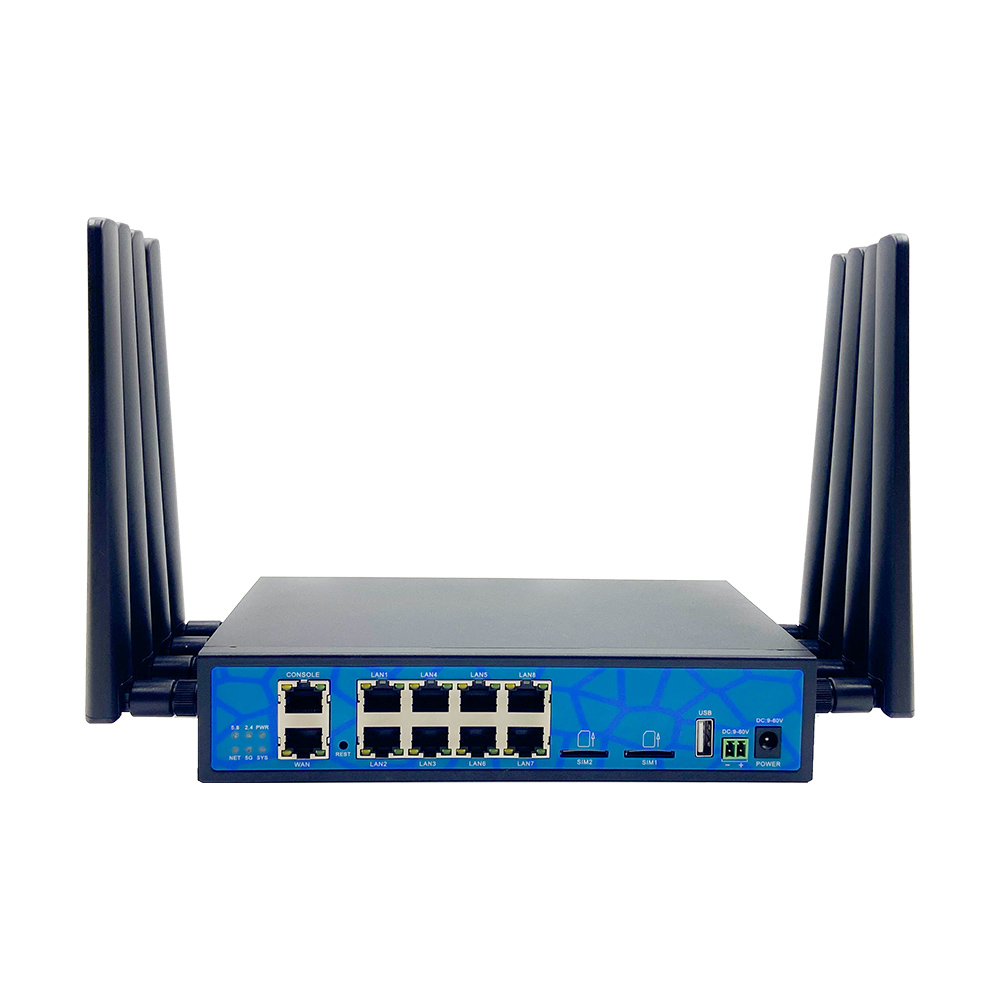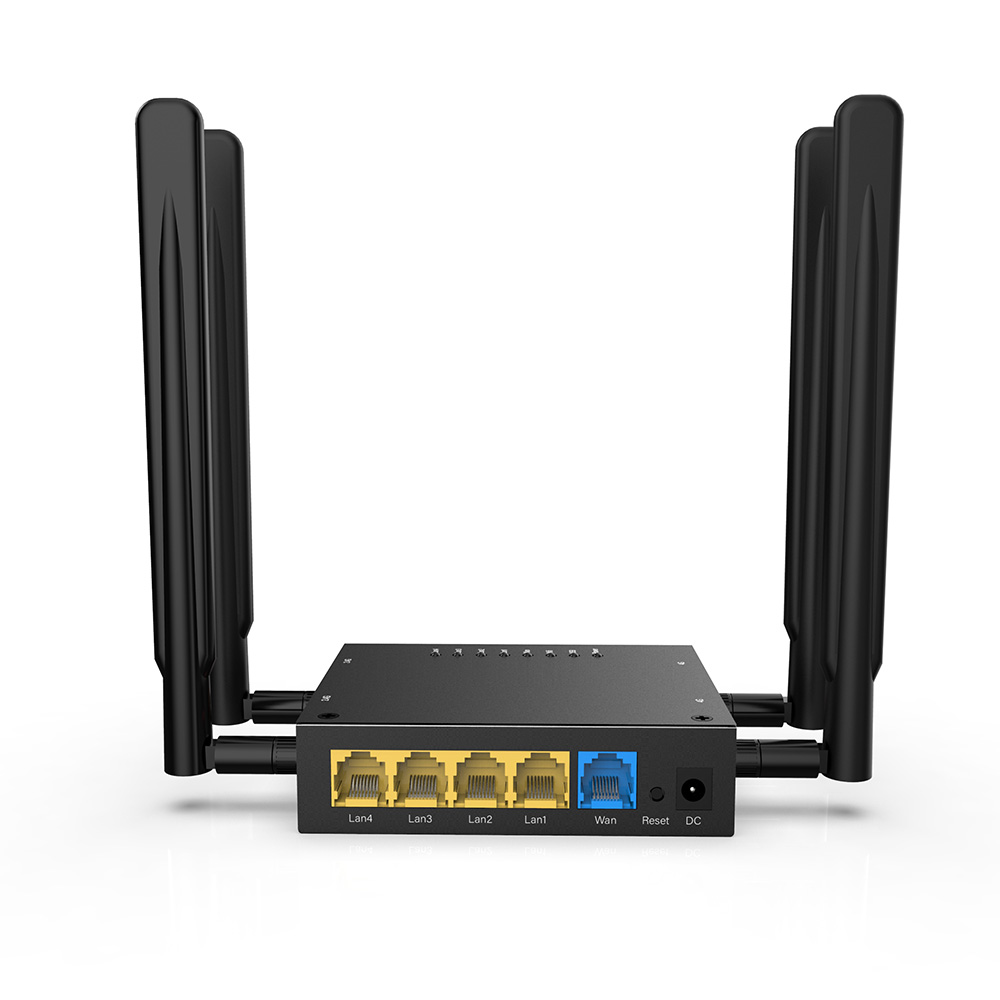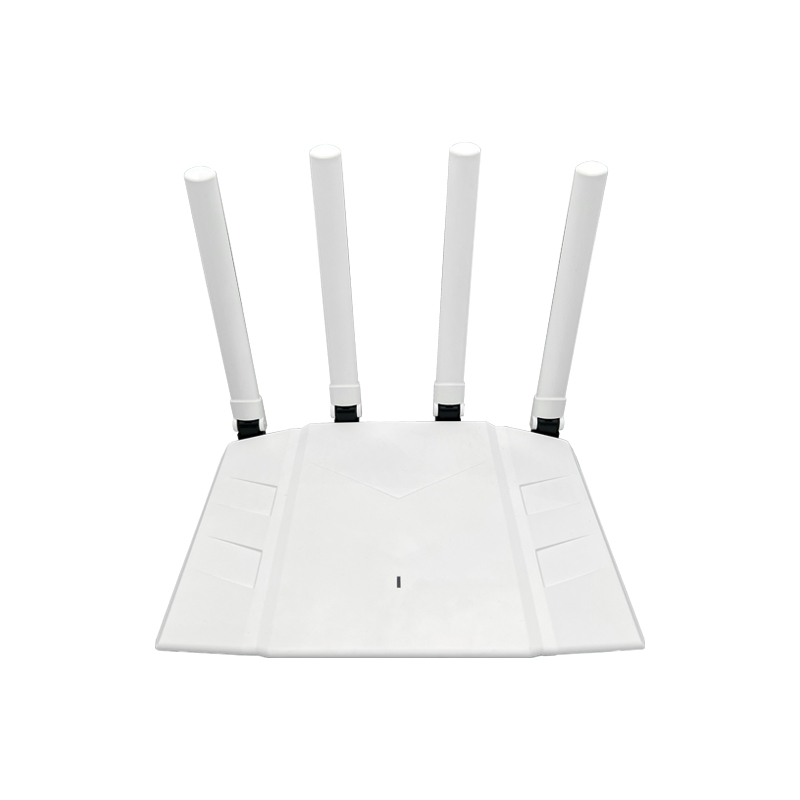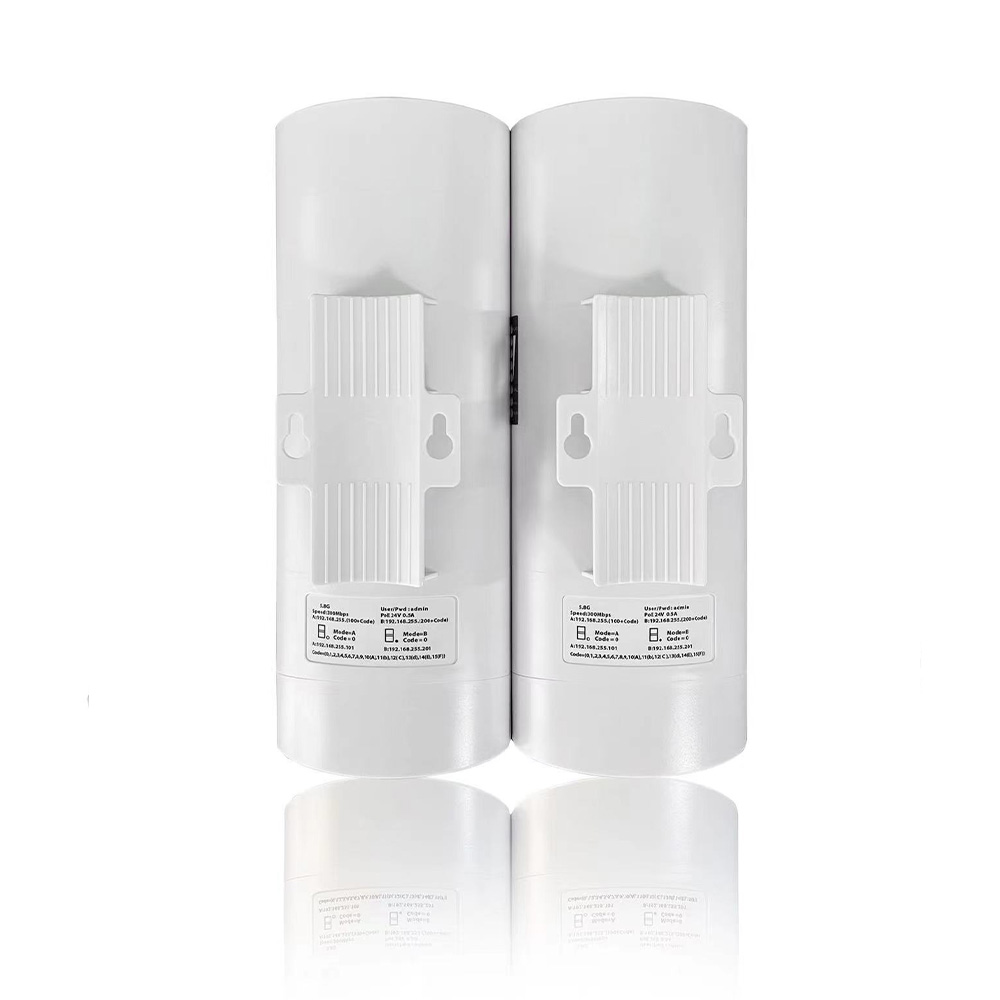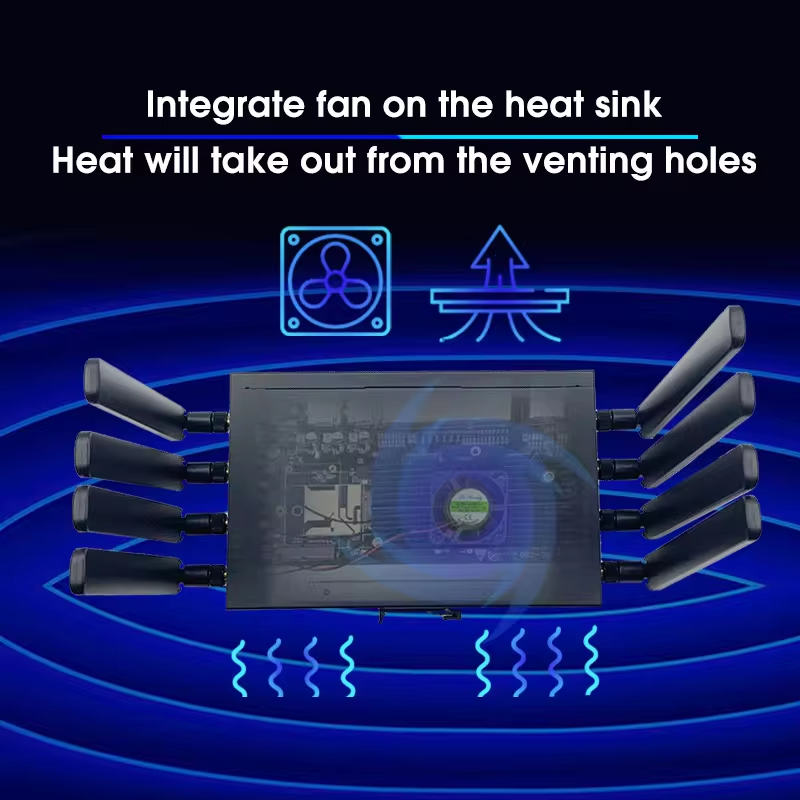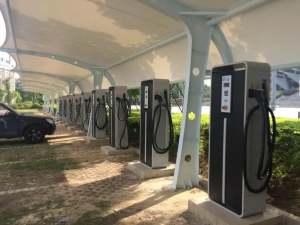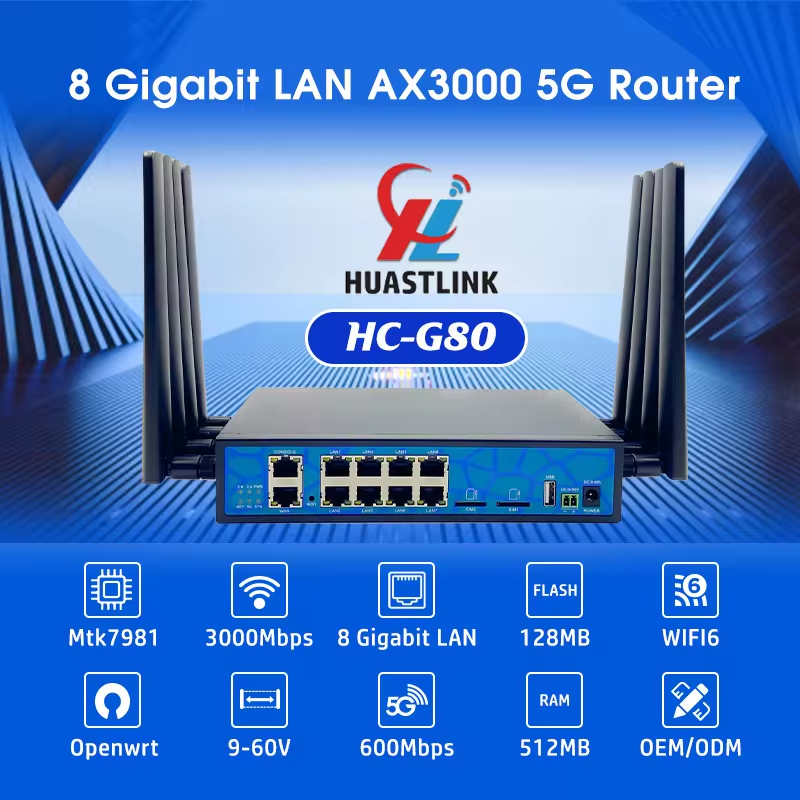With the popularization of the new generation of wireless communication standards and the reduction of production costs, gateways/routers supporting the Wi-Fi 6 standard have been more and more widely used in the past two years. What is the improvement of Wi-Fi 6 router compared to the previous generation router? Do we have to replace the Wi-Fi 6 router? This article will give you a brief introduction.
The difference between Huastlink’s Wi-Fi6 and Wi-Fi 5 routers is mainly reflected in the communication speed, the number of device access, communication efficiency, stability and applicability. As we all know, every increase in network speed can promote the development of new applications, from viewing pictures on 3G, to watching videos on 4G, and then to 5G, where all things are connected. The same leap-forward experience will be reproduced.
- Improved communication speed:Wi-Fi 6 routers now support high-order modulation of 1024-QAM, 4 times that of Wi-Fi 5 routers with 256-QAM, higher data capacity, and wireless transmission rates up to 9.6Gbps.
- support a new generation of frequency division technology, which can meet the concurrent communication of more Internet devices, and has increased access capacity by 4 times compared to Wi-Fi 5 routers.
- Improvement of communication efficiency:Wi-Fi 6 routers use multi-user MU-MIMO technology to support multi-terminal sharing channels, which is convenient for multiple mobile phones/computers/IoT terminals to exchange data online at the same time, and the Wi-Fi 5 routers are queued up in order to pass the way. It has become a “hand in hand” approach, greatly improving communication efficiency.
- The breadth of application scenarios: The Target Wake Time (TWT) technology is introduced into the Wi-Fi 6 router. All Internet terminal devices connected to the Wi-Fi 6 router support the on-demand wake-up function during standby, reducing the power consumption of the Internet terminal by 30%. , to improve the battery life of the device. It has advantages in scenarios such as water conservancy monitoring, oil field monitoring, fan monitoring, and ground disaster monitoring that require long-term unattended operation.

